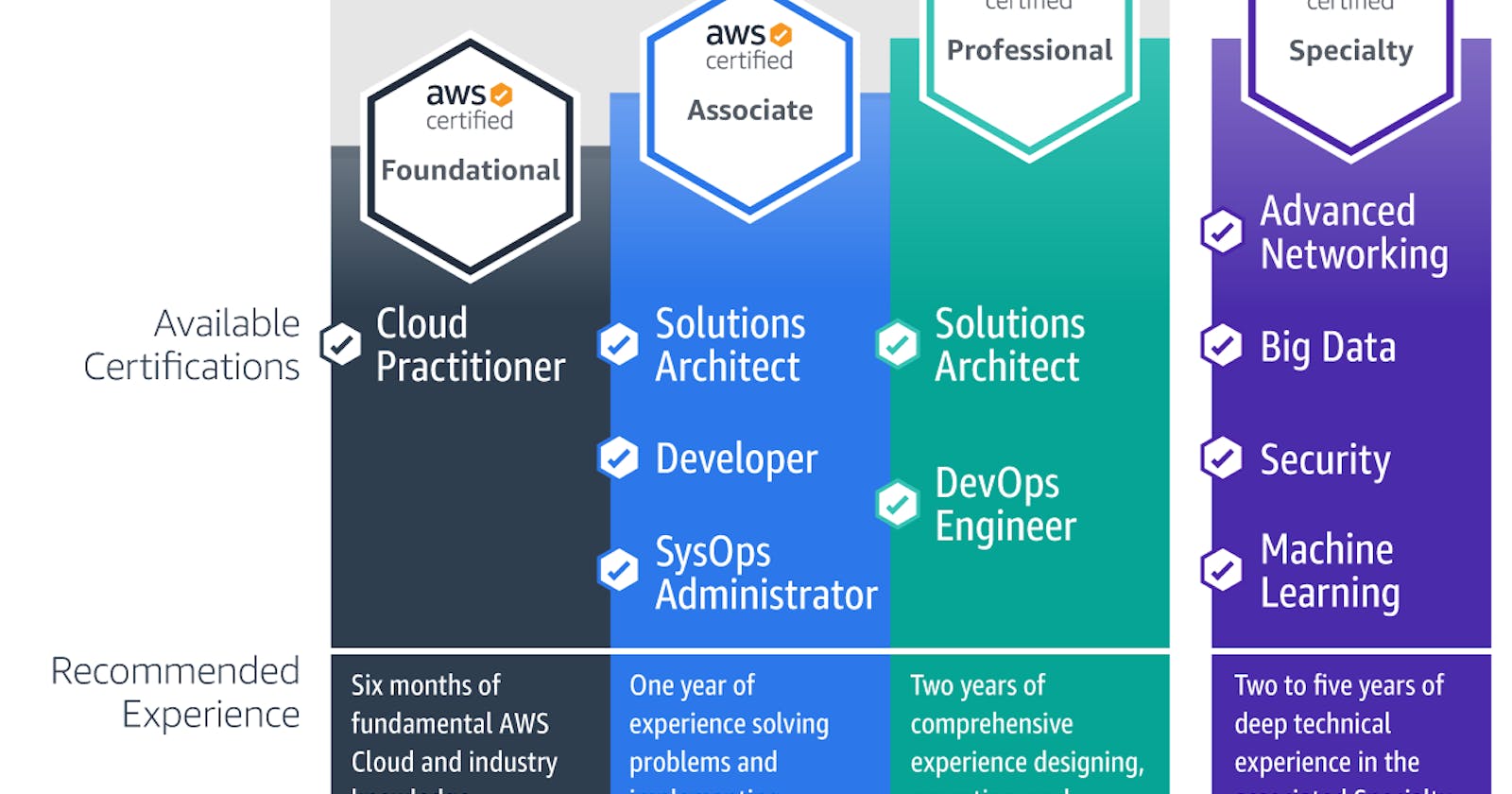Table of contents
My journey to AWS certifications started in 2020, a time of the pandemic. I started using the cloud much before, but like the majority of people that I know, I was shift and lift. This practice could be a quick way to move to the cloud without touching the application. However, even if it reduces on-premises infrastructure costs, it is often inefficient and expensive because the ToC will still be high. Moreover, existing applications are often not correctly resized for the cloud, and the infrastructure and setup are often over-provisioned for the actual load.
Back in 2015, I started using AWS Lambda functions, and since then, I have learned more about others services moving to a cloud-native setup. Unfortunately, I never had time to study, and most companies where I worked never required them.
I had the opportunity to meet a great manager Clive Hibberd who believe in people and push me to do more, not just the job. We had a working application that was doing its job. We decided that it was time to improve the current status, so we moved to a serverless approach.
This post is not about the application but how I got into the AWS Certification circuit.
I needed to know more because I was alone on this serverless journey and could not talk about it because of the lack of knowledge/interest around me except for the team that I was leading.
There are 11 certifications, which vary in content and difficulties. I started the whole AWS certification journey with the Practitioner exam that is very easy for people already familiar with AWS. I started with this because once you pass each exam, you earn a 50% discount for your next exam.
Initially, my focus was on:
- Architect Associate
- Developer Associate
There are some overlaps in the content requirement between the Solution Architect Associate and Developer exams. They were great studying to confirm that was I was doing was correct. Because the exams cover many services, they will expand your visions on how you will architect your applications following best practice first and not the standard practice around us of let's build it, and we will see later on.
Once I got those two certifications, I thought I was done. Still, I took the SysOps Administrator Associate out of curiosity that I found personally boring and based on concepts that are most used if you do mostly lift and shift.
With the three Associate certifications in my pocket, I advocate my team members do the same because I found benefits in seeing that we were doing things correctly. Mostly they could see with their eyes that I was not crazy in saying and doing things in a certain way.
The knowledge acquired comes with a problem. You will be asking questions more and more and keeping the bar high, which could be seen as a problem by managers and colleagues. It seems absurd, but this is the reality, so do not get upset if you start hearing them saying:
- Certifications are not worth
- It would be best if you did not challenge the way we work
- Best practices do not apply here because
Certifications are for you and trust me, they are worthy and will give you confidence.
A Certification based on Position
As I said, there are 11 certifications to take, and I would suggest taking them based on your positions and speciality.
Suppose you are a PO, PM, QA and VP without technical knowledge. In that case, I think getting the Practioner is good because it will give you basic knowledge on the AWS Cloud platform and AWS core services and use cases, billing and pricing models, security concepts, and how the cloud impacts your business.
If you are a team leader or a developer, I suggest you take at least two Associate certifications: Developer and Architect. You will gain a good knowledge of AWS service, best practices and use cases. In addition, you will know about AWS services you are not using every day, gaining that experience and curiosity to push forward.
For Solution Architect, I would say the three Associate are helpful to know the services, especially if they need to talk to a developer or showcase something. Still, the Architect Professional is an excellent achievement on top of them. The exam is complex, not impossible, and will test you in scenarios like migration and disaster recovery with multiple correct answers, but only one is correct. The amount of scenarios and services is immense, which is why this certification is one of the most respected in the market.
Unless you are like me, interested in knowing more about sectors you are not working on in your everyday life, I will not be bothered to get this certification. I took it because I got interested in migration plans, disaster recovery and multi-region design and wanted to move the bar higher.
How to prepare
For the Associate exams, you will find a lot of materials and practise exams out there, and they are well made and give you the confidence to pass the exam. Professional and Speciality certifications are not enough, and you should not rely on them. They can help you understand the arguments, but studying is up to you.
The primary resources are:
- tutorialsdojo.com
- whizlabs.com
- Udemy course by Stephane Maarek
- acloudguru.com
- AWS White papers
- AWSvideos
- AWS FAQ of each service
- AWS Developer guide for each service
Conclusion
Certifications do not make a job or a title, but taking them as a companion while building things will help you a lot. The order is not essential, and you can pick the AWS certification that best matches your aptitude, interest, and professional goals.
Happy studying!

